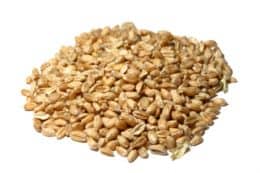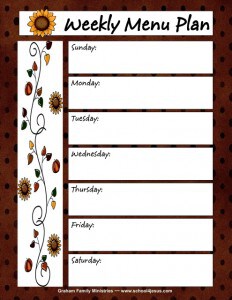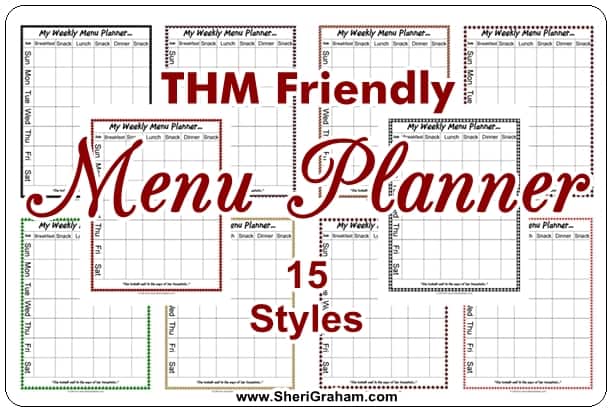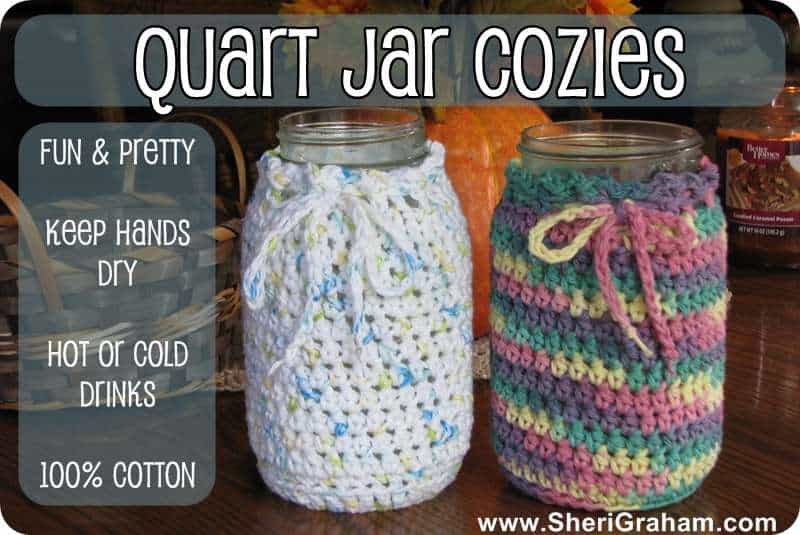Grinding Our Own Wheat – Part 2: Wheat Berries
Post may contain affiliate links. As an Amazon Associate I earn from qualifying purchases.

There is a lot to know about wheat berries! I did not realize how many different kinds of wheat there were. There are basically two kinds of wheat – hard and soft wheat. You can also buy organic (which is the best if you can afford it). I will list below some of the different kinds and what they can be used for:
Hard Red Winter/Spring Wheat: This is a hard wheat, which means it has high gluten content that make it excellent for baking breads. The Hard Red Wheat has a wonderful “nutty” flavor that many enjoy for making breads.
Hard White Wheat: Since this is another hard wheat, it has a high gluten content as well. However, this wheat has a much milder flavor and a light golden color when baked.
Soft Wheat: Soft wheat cannot be used for making yeast breads, as the gluten content is much lower. This wheat makes a flour that is similar to pastry flour – excellent for making cakes, cookies, pastries, etc.
*****************
Our experience:
We bought 50 lbs. each of the Hard Red Winter Wheat and the Hard White Wheat. I wanted to experiment to see how much I could use the Hard Red Winter Wheat for (since it was half the price of the Hard White Wheat). I am finding that I can use the Hard Red Wheat for all my breads, and even some cookies. I think I am going to try to mix them both together and see how that turns out. Nutritionally, there is no difference between the two. The hard red definitely does have a nuttier flavor which is delicious in breads! In desserts such as cakes, I think I will end up using the hard white wheat.
I don’t plan on buying any soft wheat. I never bought pastry flour before, so I figured that I could just use the hard wheat on everything. In a later post I will talk about how we are storing our wheat berries.
Until then…here are a few tips of information that may help you in deciding how much wheat berries you need to buy….
Some helpful facts about wheat berries:
- 50 lbs. of wheat berries makes 225 cups of flour
- 3 cups of wheat berries makes 3 1/2 cups flour
- When using freshly ground wheat flour, pack the flour into your measuring cup (this is especially important if you grind your flour to the finest setting). I did not do this at first and I wasn’t getting enough flour in my recipes. Now, if you use a courser setting to grind your flour and your flour is not as light and fluffy, you may not need to do this.








10 Comments